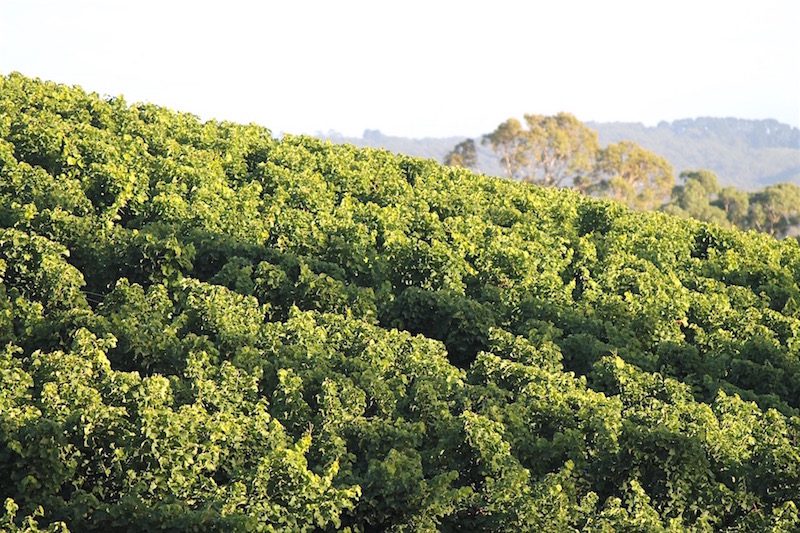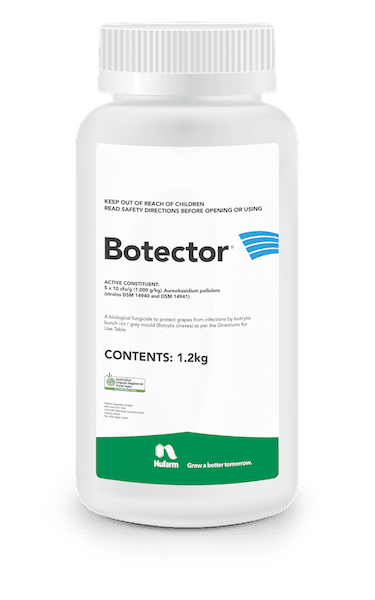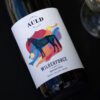
Sponsored
The introduction of Botector as a new fungicide for the protection of grapevines from botrytis infection in 2017 provided grapegrowers with the opportunity to include a new flexible option into spray programs.
Whether the purpose is to integrate a new mode of action for resistance management into conventional programs or to increase protection in organic or semi-organic programs, Botector has been a great success, providing both wine and tablegrape growers with a highly functional and effective tool in botrytis management.
Botrytis cinerea, generally known as botrytis bunch rot, is a weather-driven disease that can cause significant loss of grape yield and quality. Depending on the grape variety and the season, yield losses of more than 50 percent can occur. Even when it doesn’t massively reduce yield, botrytis can seriously affect grape and wine quality, increasing oxidation susceptibility, increasing wine pH, causing sedimentation issues and leading to issues with colour, odour and flavour.
Protection programs that manage this disease and minimise the potential of pathogen resistance development are a must to ensure your investment in your grapes is not lost.
The active ingredient in Botector, Aureobasidium pullulans, is a saprophytic, epiphytic and in the case of Botrytis cinerea, antagonistic microorganism. It competes with the pathogen for living space and nutrients due to its rapid proliferation rate.
It is this unique mode of action – ‘competitive exclusion’ – creating a physical barrier with no direct impact on any enzymatic pathway that allows Botector to provide an alternative offer to delay or prevent the build-up of resistance to commonly used conventional fungicides in grapevines.
Extensive trials have demonstrated that applying Botector at key strategic timings, based on vineyard conditions, will significantly reduce initial botrytis infection and assist in preventing secondary spore spread throughout the season. Trials showed that multiple applications of Botector at 100g/100L were comparable in performance in reducing disease incidence to multiple applications of conventional chemistry.

Botector is complementary to existing fungicidal options, whether in tank mixes or as separate applications as part of the management program. Extensive testing has shown that Botector enhances the overall disease protection of spray programs, both conventional and organic.
An interesting and unusual feature of Botector is that it is actually a living organism that is being applied to impact the botrytis pathogen. For this reason, care must be take in applying in tank mixes with certain fungicides and adjuvants, as certain products can impact the biological viability of Botector.
Botector has a wide application window right up to harvest, with no pre-harvest restrictions. It will be particularly useful for very late applications where other conventional fungicides face restrictions for use in grapes destined for wine export or for domestic or export table consumption. Limitations for use of conventional fungicides for botrytis management vary from no use at all, no use later than 80 percent capfall (EL25) and no use later than young developing berries (EL31-33).
Botector leaves no residues, does not affect fermentation or wine quality, and is harmless to bees and beneficial insects. When used as part of an integrated disease management program, Botector will effectively control Botrytis bunch rot comparable to other registered products and conventional Botrytis fungicides without the limiting factors of long withholding periods and resistance management considerations.
• For more information visit www.nufarm.com.au









Recent Comments